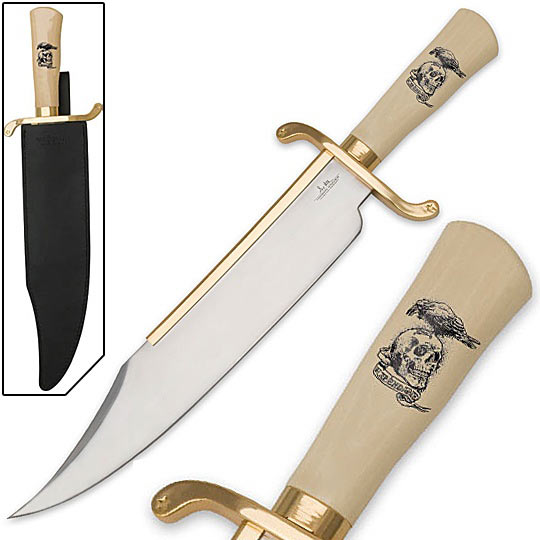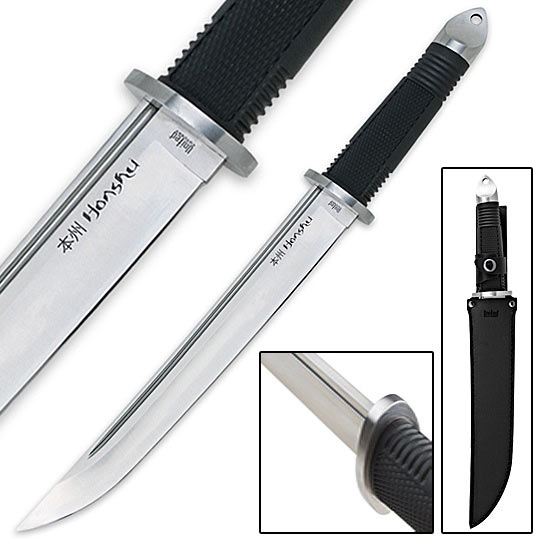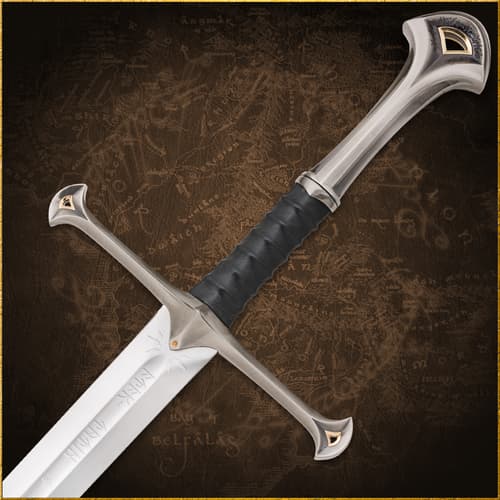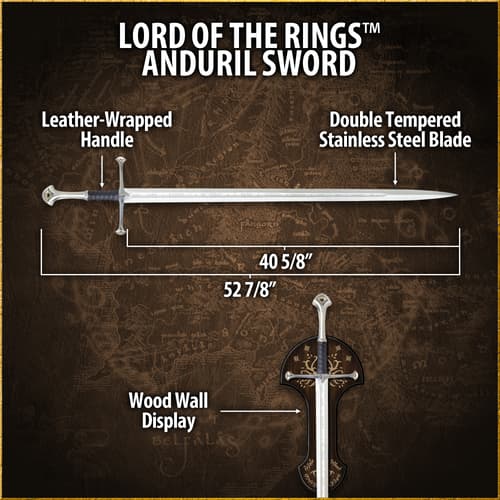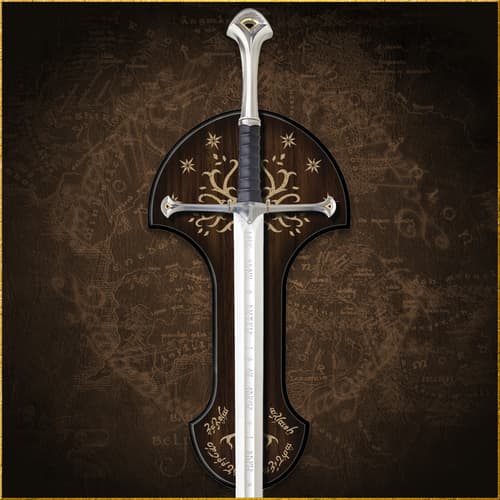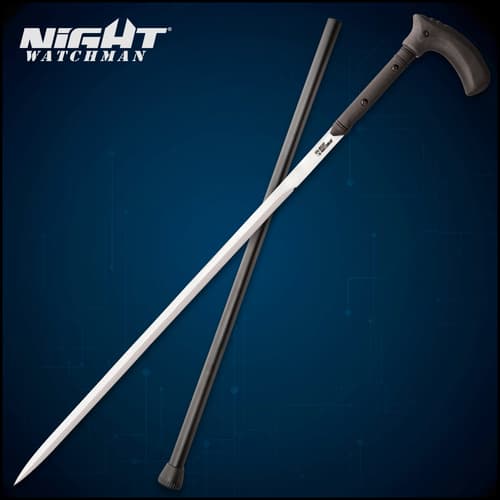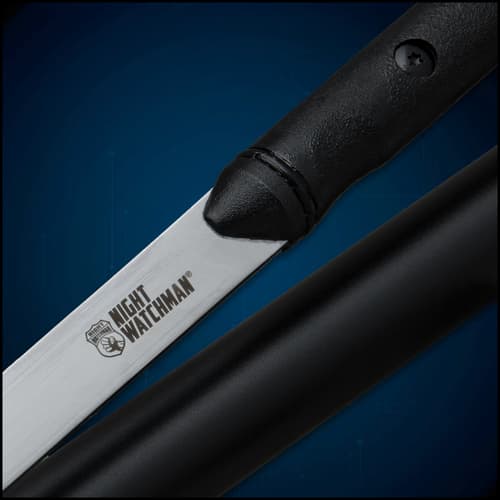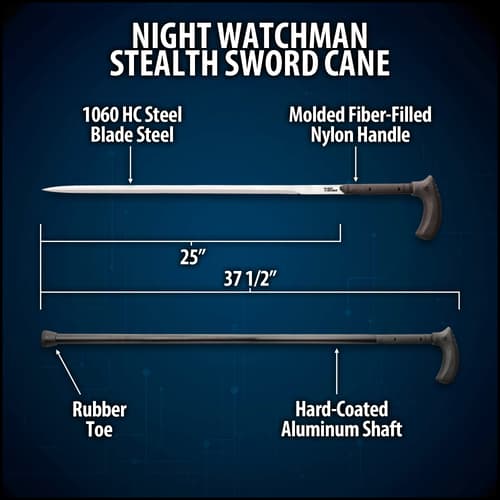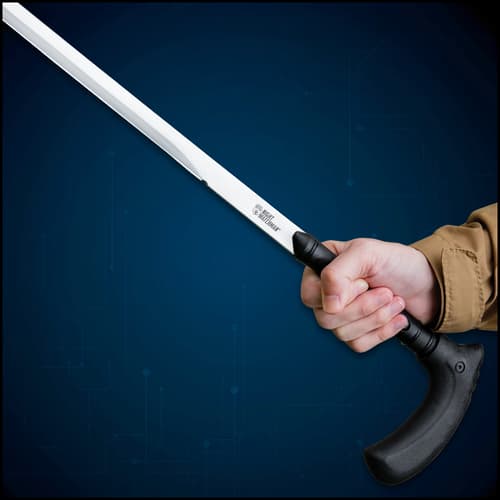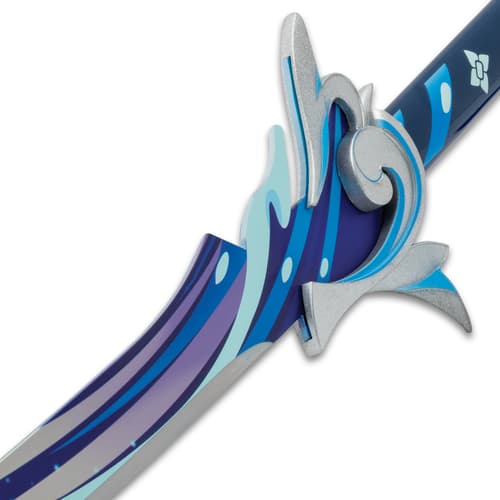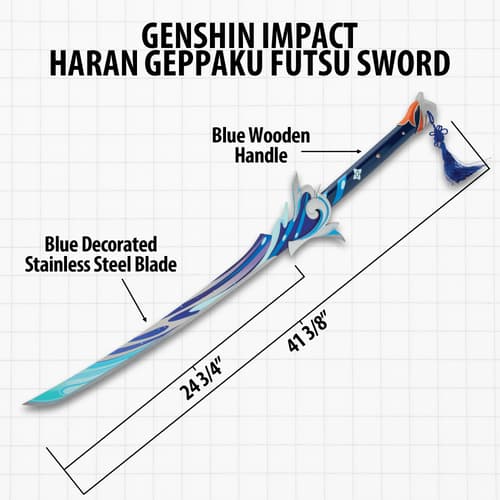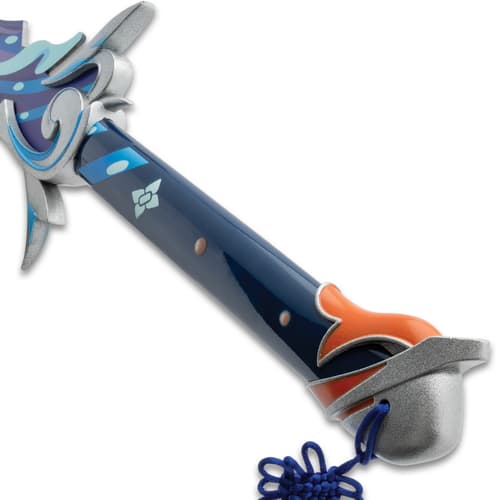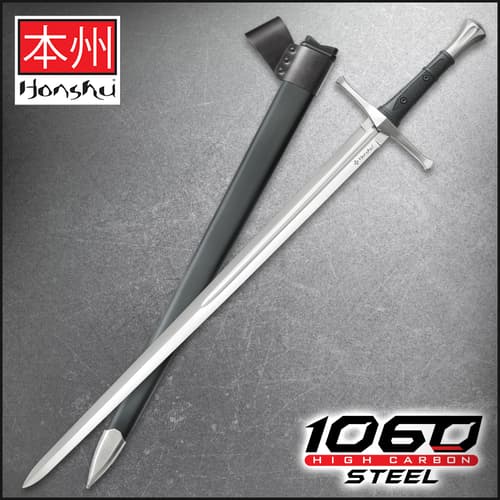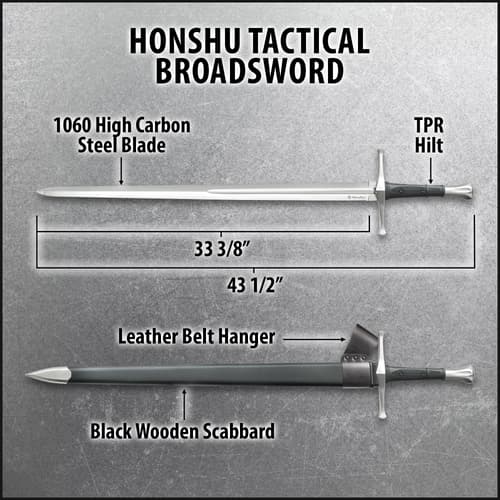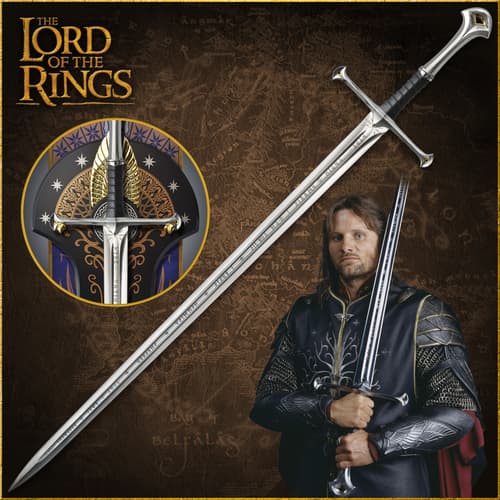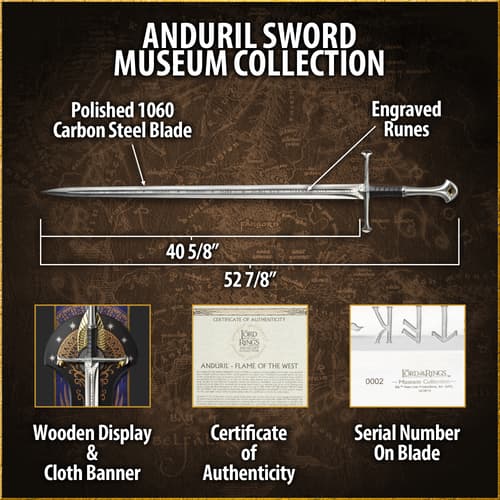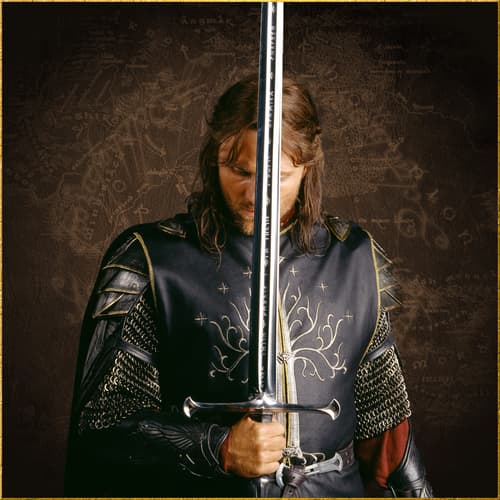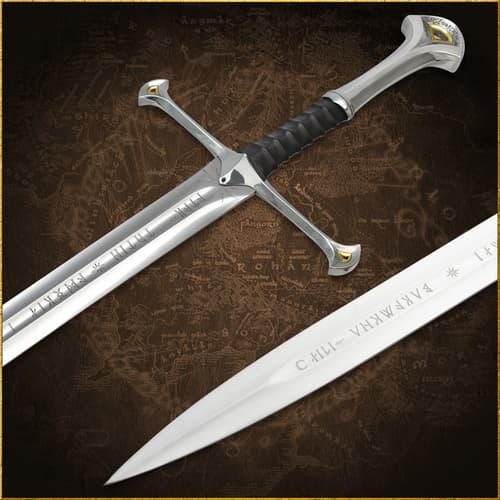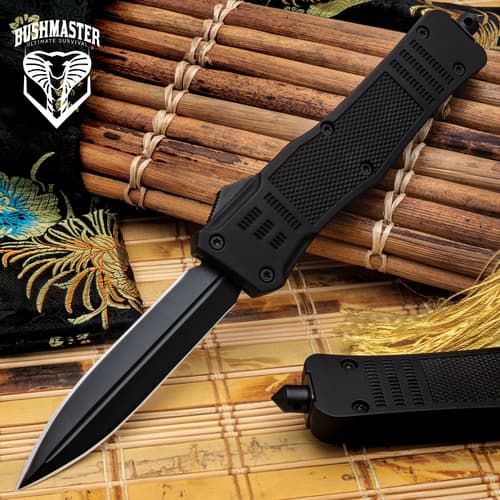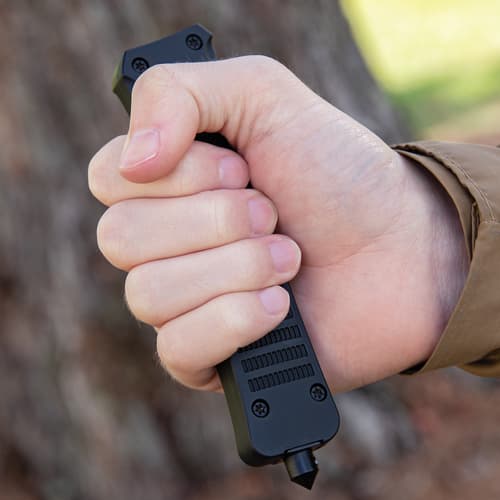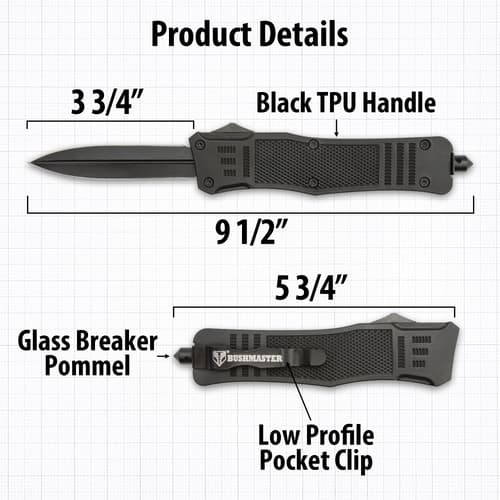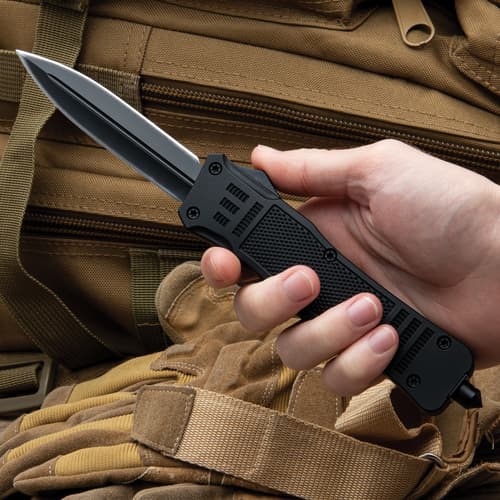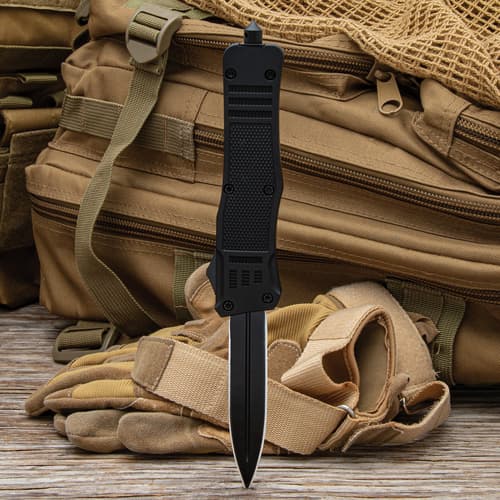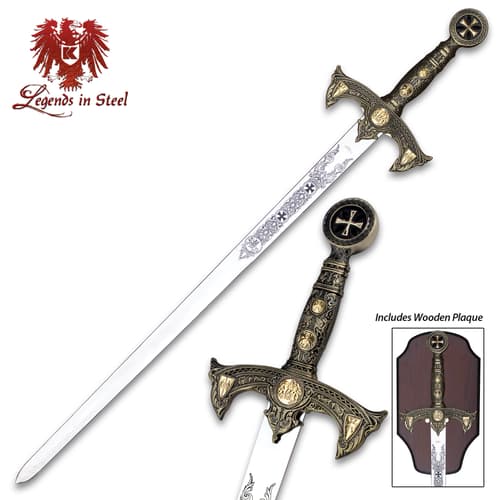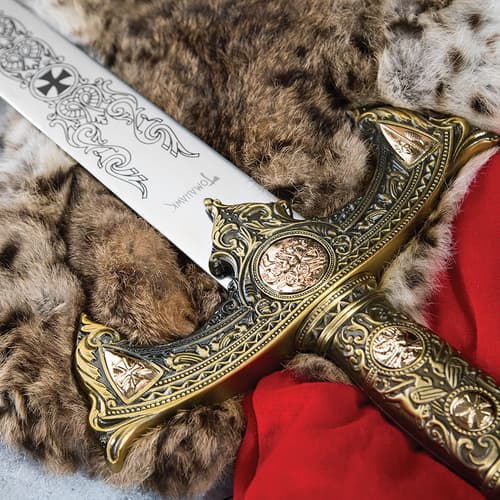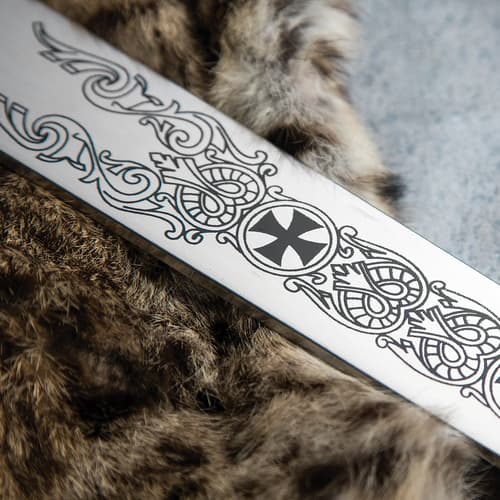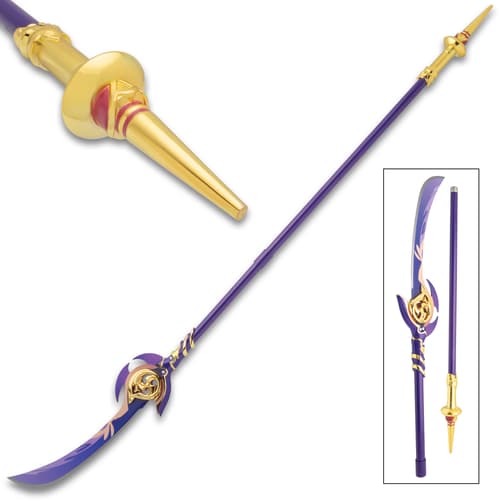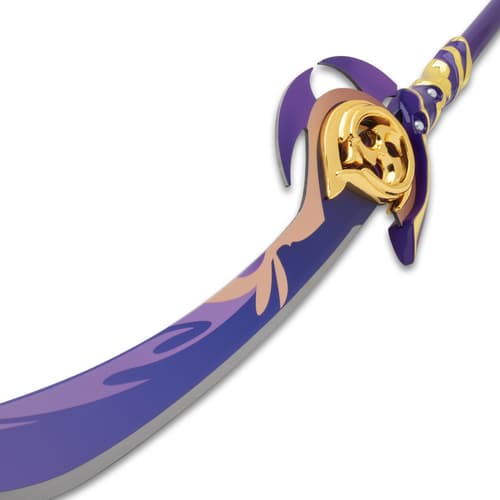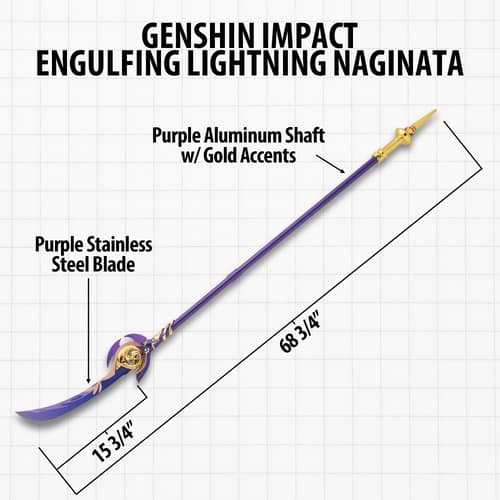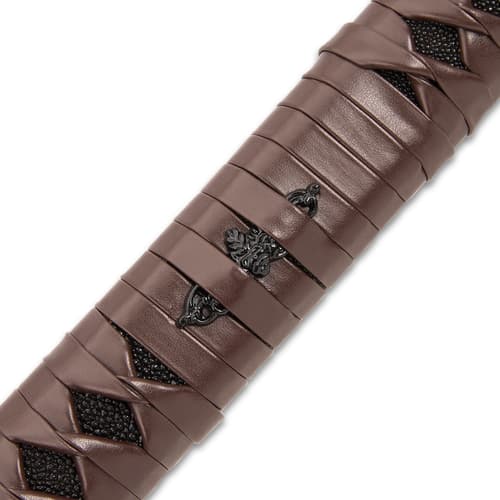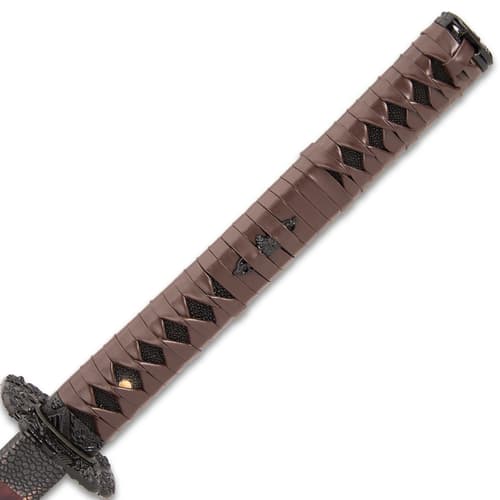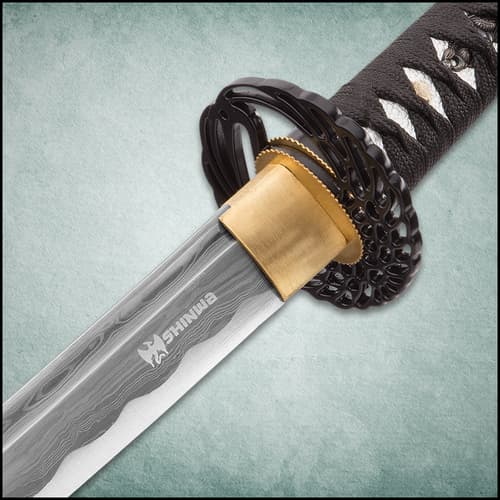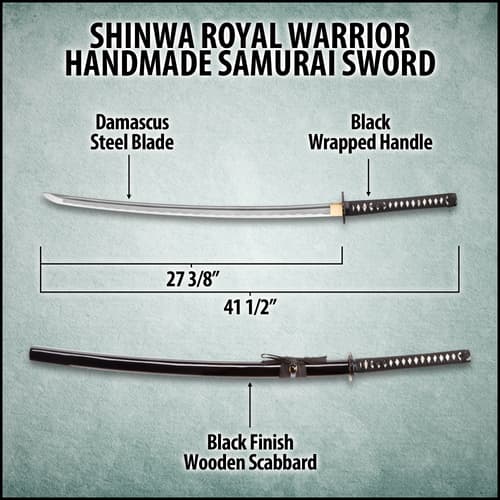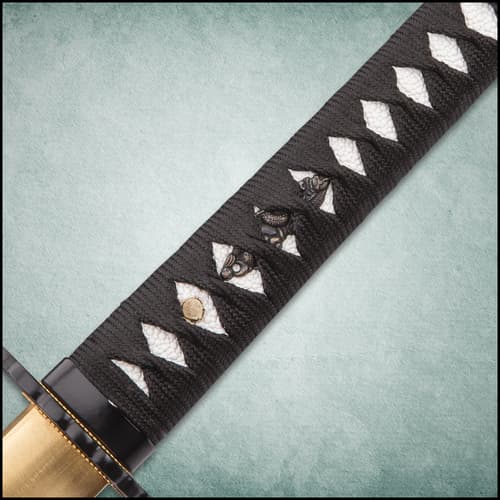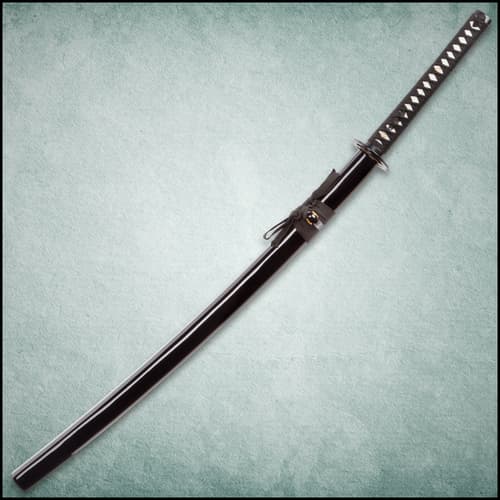Types of Blade Points
By Adelia Ladson
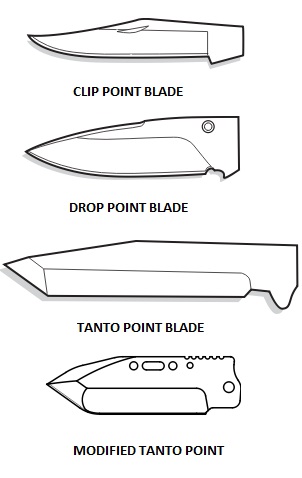 Here are four different examples of blades.
Here are four different examples of blades.  Here are four different examples of blades.
Here are four different examples of blades.
Shop All Knives Here If you've been looking for a knife and you are not a collector or connoisseur you may not know the difference between the different blade points that are available to you. When purchasing a knife, this is something you should consider based on what you are using your knife for and what you expect out of it. Here are four basic blade types that you will come across in your search.
 Here are four different examples of blades.
Here are four different examples of blades. Here are four different examples of blades.
Here are four different examples of blades.Drop Point
A Drop Point blade has what is called a "full belly", which means it has a more curved profile, which gives it a fuller cutting edge, especially useful in skinning. The point is thick and the top of the blade drops down to it. It is good as an everyday work knife and seems to be one of the most popular choices. It is mostly used in hunting knives and even chef's knives because the lowered point gives more control to the user.
Clip Point
A Clip Point blade has a crescent tip which makes the blade thinner and sharper, making it an excellent choice for puncturing tasks. The back edge of the blade goes from the handle and then stops about halfway the length of the knife. Then it looks like a part of the blade has been clipped off. This area can either be straight or curved and the back of it (false edge) can be sharpened. The most recognizable knife with this type of point is the Bowie knife but it can also be found on pocket knives.
Tanto Point
The Tanto Point blade (Westernized), inspired by Japanese swords, has a straight edge and is extremely strong because there is more metal in its point. It can withstand piercing, scraping and prying job, which makes it great for heavy duty use. The front edge of the blade meets the back edge at an angle so it does not have a "belly" at all. It is not good for slicing duties so it is not considered an all-purpose knife. This point is most common with tactical knives.
Modified Tanto Point
The Modified Tanto Point has basically the same shape as the tanto point except the angled point has been modified between its front edge and bottom edge. This brings the tip of the blade closer to the center of the blade which increases control of it for the user. This also gives it thinner point for better puncturing power. It is also great for heavy duty chores.
Depending on what you're are looking for, do consider what you need and what you expect out of the blade. This is a very important consideration to assure you get many years of use out of it. Finally, simply treating your knives with respect and taking good care of them will easily keep them looking and performing like brand new for many years to come.
Depending on what you're are looking for, do consider what you need and what you expect out of the blade. This is a very important consideration to assure you get many years of use out of it. Finally, simply treating your knives with respect and taking good care of them will easily keep them looking and performing like brand new for many years to come.
